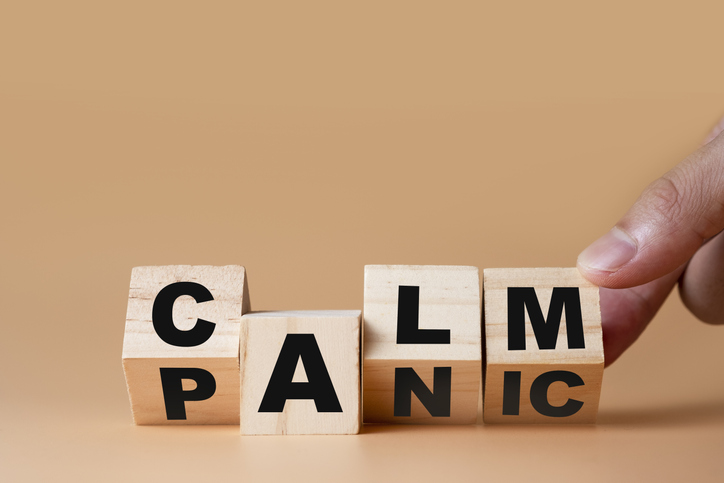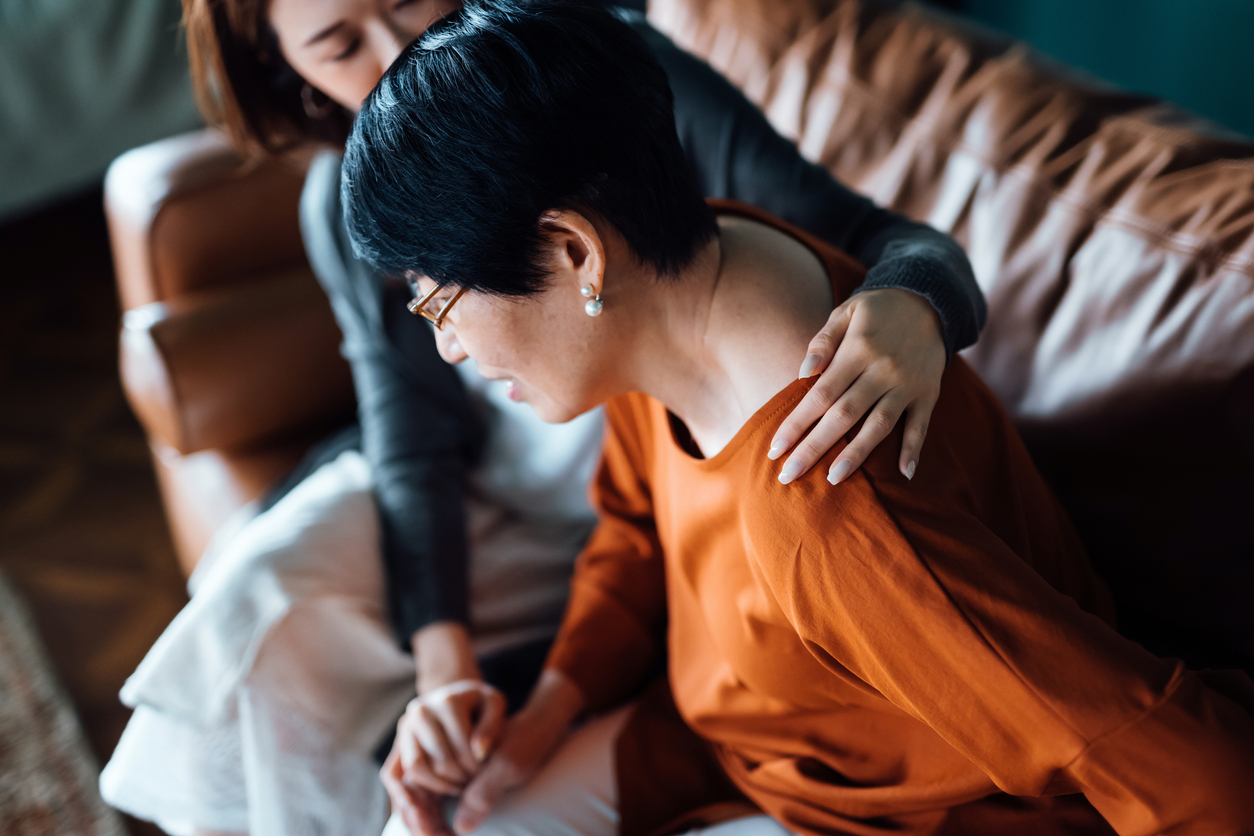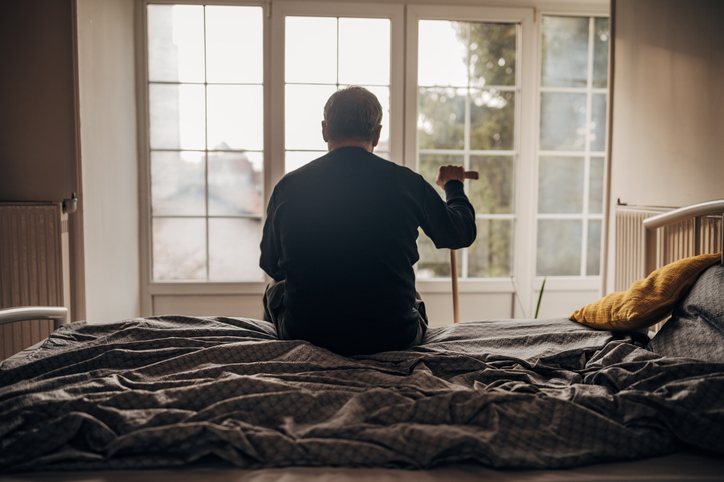Opioid Epidemic
Dangers of Concurrent Use of Benzodiazepines and Opioids

Anxiety is one of the most common mental health challenges associated with chronic pain. Recent studies suggest that approximately 60% of individuals with chronic pain may also have an anxiety disorder, such as panic disorder or generalized anxiety disorder. Because the connection between chronic pain and anxiety is so strong, treatment for both physical and emotional symptoms is recommended.
Anti-anxiety medications help relieve symptoms of panic attacks and anxiety. Benzodiazepines are the most commonly used class of anti-anxiety medications. However, if an individual is being treated with opioids for chronic pain, concurrent use of benzodiazepines is highly discouraged. Opioid medication (including opioid cough medication) and benzodiazepines should not be used together unless closely monitored by a qualified physician. Taking these two types of medications during the same time period can be dangerous and potentially fatal.
What are benzodiazepines?
Benzodiazepines are anti-anxiety medications. They are considered depressants, as they slow down the central nervous system and produce a relaxed state. Types of benzodiazepines commonly prescribed for the treatment of anxiety include, but are not limited to, alprazolam, clonazepam, diazepam, and lorazepam.
What are opioids?
Although opioids act in a different manner than benzodiazepines, they are also central nervous system depressants. Opioids block pain signals by attaching to opioid receptors in the central nervous system and peripheral nervous system. They can help reduce moderate to severe pain when other treatments are not effective. Examples of opioid medications include fentanyl, hydrocodone, methadone, morphine, and oxycodone.
Dangers of concurrent use
Because both opioids and benzodiazepines are central nervous system depressants, combining them can cause serious consequences, such as respiratory depression, coma, and death. Research shows that concurrent use of opioids and benzodiazepines increases the risk of emergency room care, admission to the hospital, and death from drug overdose.
According to FDA research, the number of individuals who were coprescribed an opioid and benzodiazepine increased 41% between 2002 and 2014. Additional studies show that the number of overdose deaths among individuals taking both opioids and benzodiazepines was 10 times higher than among individuals taking only opioids.
Warnings
In 2016, the U.S. Food and Drug Administration (FDA) added a BOXED WARNING (their strongest warning) to prescription opioids and benzodiazepine medications. This warning provides important information about the serious risks of concurrent use of opioids and benzodiazepines. Also, opioids and benzodiazepines now come with revised prescription package inserts of precautions, drug interactions, and patient counseling information.
Immediate medical attention is imperative if an individual is taking both an opioid and a benzodiazepine and experiences sleepiness, dizziness, lightheadedness, sedation, slowed breathing, or unresponsiveness. Alcohol, also a central nervous system depressant, should not be mixed with either of these medications.
Health care professionals should carefully consider all other avenues before coprescribing opioids and benzodiazepines. If an individual is already taking both an opioid and a benzodiazepine, an in-depth discussion with a health care professional is essential. Individuals should be clear about the severity of their anxiety and the level of their chronic pain. The physician should also be informed of current medication dosages and the length of time the drugs have been used. Opioids and benzodiazepines should only be taken together under close monitoring of a qualified health care professional and only if no other medications or therapies are effective.
Additional sources: MedCentral, United States Drug Enforcement Administration, PBM Academic Detailing Service :Veterans Health Administration: U.S. Department of Veterans Affairs


















